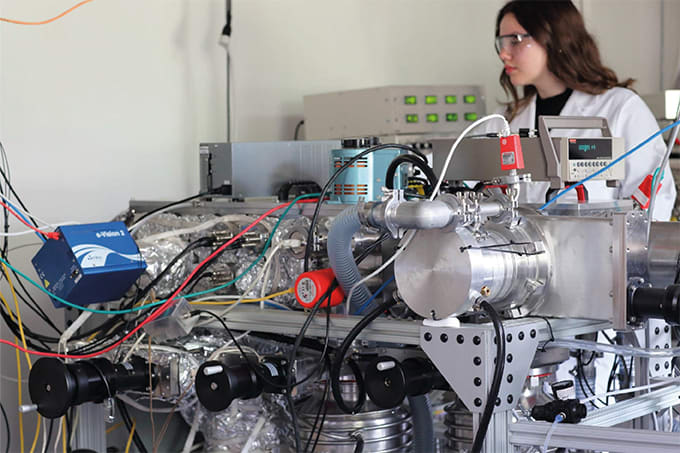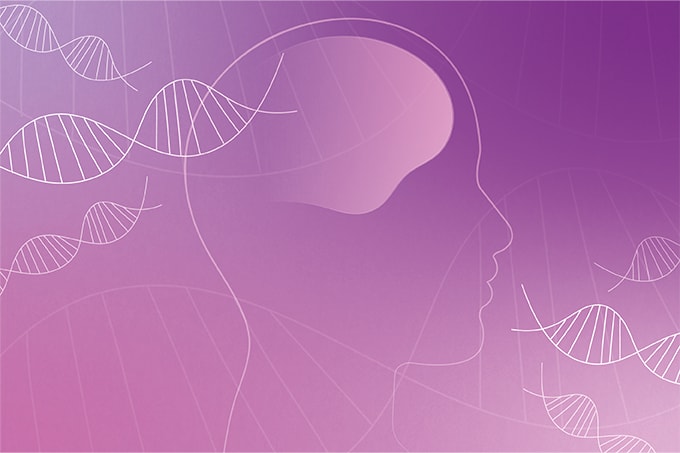There has been a recent growth of interest in approaches for obtaining quantitative measurements of analytes in very small volumes of biological fluids, such as blood and plasma, particularly for drug development. The approach is broadly termed “microsampling”. The growth has been fuelled by increasing considerations and requirements around collecting smaller blood volumes for the benefit of animal ethics (the 3Rs – refinement, reduction and replacement), development of medicines for children, desires for simplified approaches to blood sampling (finger/heel prick, compared to venous), drug trials in remote areas (neglected/tropical diseases), therapeutic drug monitoring and the ability to collect samples in a non-centralized location (at pharmacies or in the home). The renewed interest has been facilitated by developments in analytical technology (increased sensitivity from modern LC-MS systems, capillary separations, smaller LC particle sizes), which has enabled the analysis of small samples, whilst still delivering the required quantitative assay sensitivity.
Approaches to microsampling are many and varied, including wet and dried formats of blood, plasma, serum and myriad other more rarely analyzed matrices. Whilst some people may consider that there is nothing novel about these smaller matrix samples, the majority take a more conservative approach, particularly in the highly regulated environment of therapeutic drug development. It is in this environment where the blossoming spring of microsampling was almost stopped before it had begun. The issues brought to light around hematocrit and homogeneity associated with dried blood spot (DBS) sampling meant that when a fixed size sub-sample was taken from a non-volumetrically collected sample for quantitative bioanalysis (such as has been traditionally performed for established plasma sampling) it was not necessarily considered reflective of a known volume. Understandably, those responsible for regulating drug development and the registration of new medicines demanded that concordance be shown between conventional wet and DBS samples in patient studies. In turn, pharmaceutical companies backed away from implementing this technology in clinical studies, because of the added complexity and its related increased expense (development and validation of two analytical methods and analysis of two samples), despite the well recognized and significant benefits.
All could have been lost, but for the passion and dedication of a small number of bioanalytical scientists, animal technicians, clinicians, academics and vendors, who were determined to overcome the issues and realize the benefits of microsampling. Many of the significant innovations and increased levels of understanding have come through these scientists (from different backgrounds) coming together in an open, non-competitive environment, learning from each other, and understanding each other’s requirements for the technologies.
The renaissance in alternative microsampling approaches has led to a number of commercially available technologies in addition to those just emerging from the drawing board. The innovators – and the early adopters of the new technologies – are well aware of the recent history of conventional DBS microsampling and its potential pitfalls, so new technologies have been developed by understanding the journey of the sample and by considering the impact of sampling on the analyte of interest. After all, good-quality data can only be obtained from a good-quality sample that is reflective of the subject’s state at the point
of collection.
The important characteristics that have been built into these novel sampling approaches are mainly focused around the ability to simply collect a high-quality sample – the simplified analysis of these samples takes an understandable back seat. It is hoped that users will consider these new technologies carefully and judge them on their merits, and not reject them out of hand due to the recent history of DBS sampling in regulated drug development. I firmly believe that, given time – and the sharing of usability and outcome data – microsampling approaches will become more regularly used in drug development and other applications. In drug development, it is likely that more progress will initially be made in discovery and non-clinical applications (where there is less regulatory oversight). In the clinical arena, priority will be placed on applications where microsampling technology offers measurable benefits over the collection of traditional samples – or where it enables the collection of samples that would not previously have been possible. Areas of focus will include pediatrics, studies in remote areas, therapeutic drug monitoring, home sampling and collection of samples during clinical events. The development and implementation of microsampling in regulated bioanalysis has been a tricky road – and there have been a few mistakes along the way. But isn’t that how we learn? As we say in the UK: let’s not throw the baby out with the bathwater! Microsampling is clearly an important part of the future of bioanalysis.




